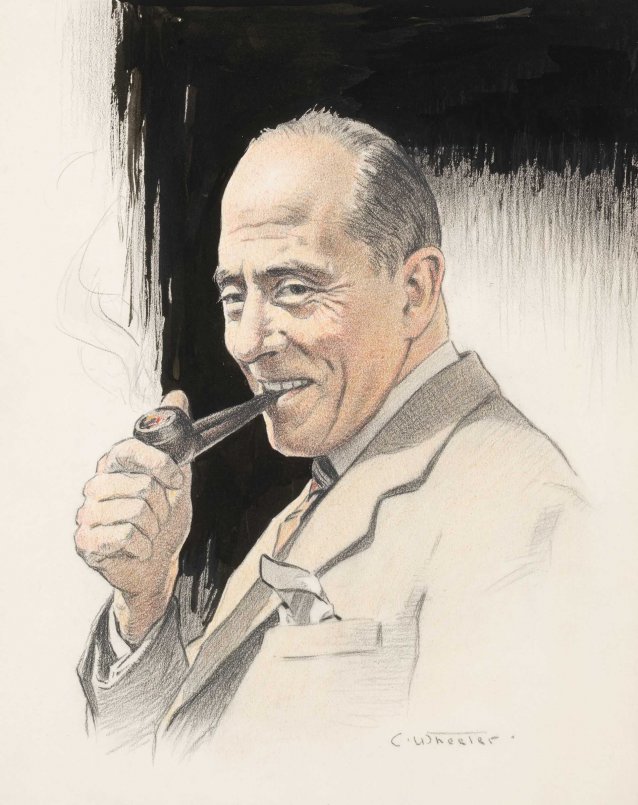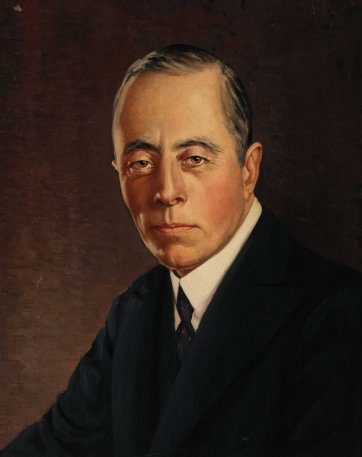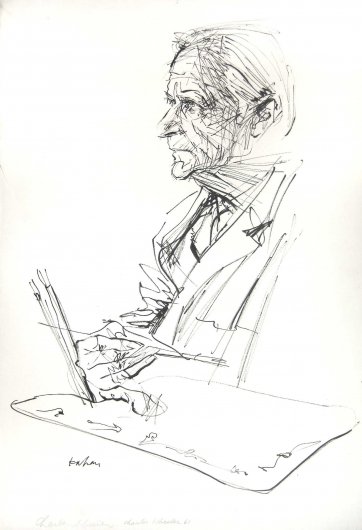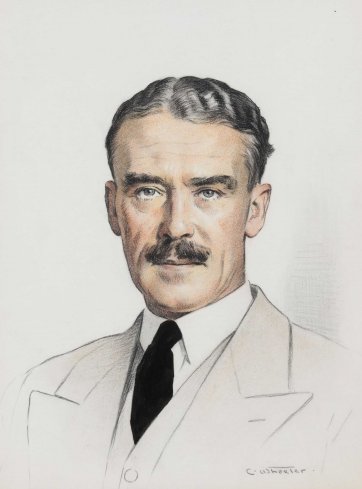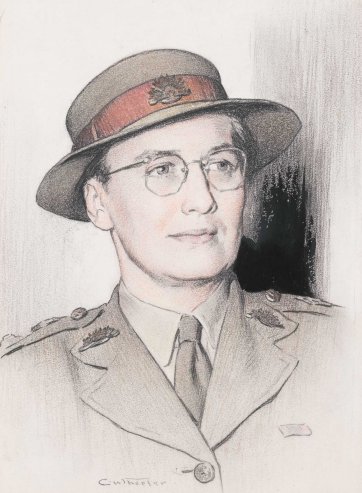Sir Ernest Fisk (1886-1965), radio pioneer and businessman, began his career as one of the earliest wireless telegraphists in the British Post Office. Having learned various aspects of telegraphic engineering and operation at the Marconi training school, from 1909 he demonstrated wireless technology in Newfoundland and on the St Lawrence. In 1910 he came to Australia (dependent on underwater cables for its contact with the world) to demonstrate Marconi's apparatus; the following year he returned to try to persuade shipowners to fit Marconi equipment, which he installed and demonstrated. In 1913 a new company, Amalgamated Wireless (Australasia) Ltd, was formed, with exclusive rights throughout Australasia to the patents, 'present and future', of Marconi and its rival Telefunken. Fisk, a foundation director, was general and technical manager; in 1916 he became managing director of AWA. That year, on one of his regular returns to England, he arranged for a series of test transmissions from the Marconi long wave station in Caernarvon, Wales. Fisk obtained official permission to use a receiver in his home and in September 1918 he arranged for the direct wireless communication of messages to Australia from the prime minister Billy Hughes in London. In 1921 Hughes took Fisk as an adviser to the Imperial Conference in London where Hughes promoted Fisk's scheme for direct communication between Britain and the Dominions in order to ‘bind together the parts of our far-flung Empire’ for social, commercial and defence benefits. In 1922 the Australian government commissioned AWA to create the service and became its majority shareholder. A beam service between Australia and Britain was inaugurated in April 1927; that between Australia and Canada in 1928. In September 1927 AWA pioneered Empire broadcasting; in April 1930 an Empire radio-telephone service. Fisk promoted the professional organization of the wireless industry and his leadership in the field was recognised in the USA. Chairman of AWA from 1932, he worked hard to promote the protection of local industry and establish conditions conducive to its prosperity. He joined a number of boards and was knighted in 1937. For years he kept a laboratory in his home and had many patents to his credit; Wireless House, from 1939 the tallest building in Sydney, had soundproof windows that he had designed. By 1944, AWA had 6 000 employees and a huge annual turnover. That year Fisk stepped down to become managing director and chief executive of the EMI (His Master's Voice) group in London. He returned to Sydney in the early 1950s as 'a consultant in commerce, industry and technology', but his business interests now centred on the share market, his main concern the future of solar, hydro and nuclear power. A Freemason and a member of the Union and Australian clubs, Sydney, and the Royal Sydney Yacht Squadron, in 1939 he became inaugural chairman of the New South Wales State Council for Physical Fitness; he set 'business driving records' between Sydney, Melbourne and Canberra. WA's Beam Wireless station at Ballan, Victoria, was renamed Fiskville in his honour in 1933.
Collection: National Portrait Gallery
Purchased 2019
© Estate of Charles Wheeler
The National Portrait Gallery respects the artistic and intellectual property rights of others. Works of art from the collection are reproduced as per the
Australian Copyright Act 1968 (Cth). The use of images of works from the collection may be restricted under the Act. Requests for a reproduction of a work of art can be made through a
Reproduction request. For further information please contact
NPG Copyright.
